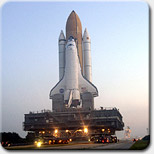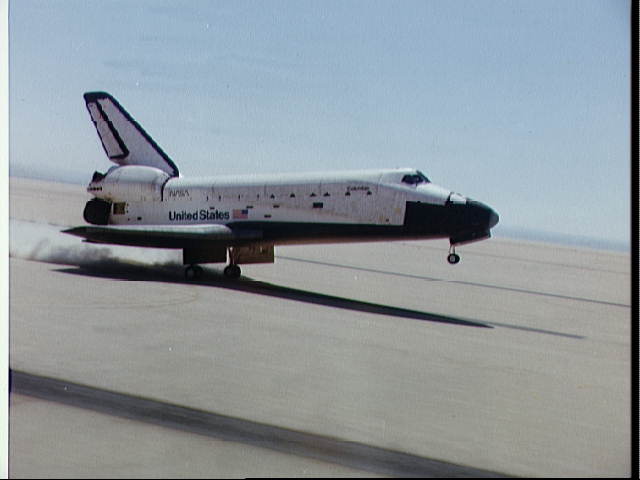
 |
NASA Vision Space Port Turning a small services project into multi-product license win |
Situation: NASA's Kennedy Space Center is leading a major initiative to identify the technologies that will enable revolutionary "spaceports" of the future. The process of readying a modern-day space vehicle is costly and time-consuming, primarily due to the complexity of the vehicles and ground operations required to prepare them for flight.
|
Enter Vision Spaceport, the first joint-sponsored research agreement between NASA Kennedy Space Center (KSC), industry, and academia. The Vision Spaceport team developed a comprehensive mathematical model that predicts that best vehicle to use based on various conditions. Critical Issues: The model developed was complex and difficult to understand except by the most sophisticated NASA engineer. This created a huge problem for the Vision Spaceport management team. They could not easily explain the model to the public or members of congress. The second issue facing the NASA team, the model could not account for human factors like the environmental impact and visual esthetics required. The NASA management team was worried about cost overruns resulting in jeopardizing the project.
|
| Result: We agreed to a contract worth $30,000 to develop prototype visual system taking input from the complex model. This visual system would automatically generate the recommended Spaceport configuration. We did not stop at just satisfying the need of the customer. We added a feature that allowed a person to change the parameters and immediately see the visual changes. This feature cost us less than two engineering days to include into the prototype. We scheduled a meeting prior to the final sign off on the project. The purpose of this meeting was to demonstrate the status of the project. The timing of our meeting was during the launch of John Glen's return to space. As a result there were a number of decision makers on-base. Our application was a huge hit and our NASA sponsor received an incredible amount of attention.
NASA KSC purchased three software licenses of the product used to develop the solution (totaling over $270,000). Our small services project turned into a profitable license sale. |
 One way to achieve higher flight rate and lower payload delivery
cost is to create new, cost-effective space transportation that
addresses both flight and ground systems in one unified design.
This approach is aimed at providing a major reduction of vehicle-to-ground
interdependence.
One way to achieve higher flight rate and lower payload delivery
cost is to create new, cost-effective space transportation that
addresses both flight and ground systems in one unified design.
This approach is aimed at providing a major reduction of vehicle-to-ground
interdependence. 